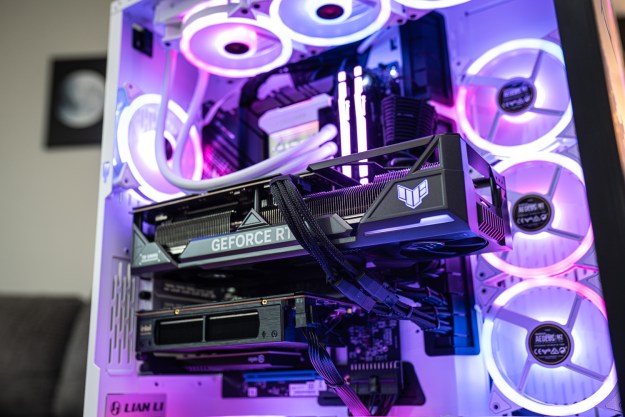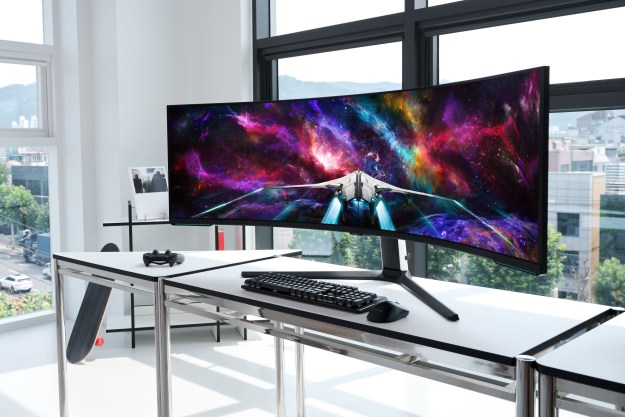If you’re into mechanical keyboards, Keychron will be a familiar name. The company has a large range of boards on offer, from slimline low-profile keyboards to full-size mechs that let you click and clack to your heart’s content. Now, there’s a new keyboard in the company’s stable: the Keychron S1.
The S1 combines the low-profile keys and miniature footprint of the Keychron K-series boards with the premium quality of its high-end Q-series range. As a result, you get an all-metal chassis and 1,000Hz polling rate in a svelte package.

It’s a 75% keyboard (in other words, there’s no numpad and the arrow keys are integrated into the main body of keys), which helps keep the size down while still giving you all the essentials. Coupled with the slim keycaps, it’s a board that should easily fit inside a backpack when you’re out and about.
Speaking of the keycaps, they’re made from double-shot PBT, which should prevent the key legends from fading or scratching off. Not every Keychron keyboard has been so lucky – half a dozen keys on my Keychron K8 have seen their letters scratch off since I bought it.
One of the main attractions of Keychron’s boards is so many of them work with both Windows and Mac computers. The S1 is no different, featuring a built-in switch that lets you quickly flick between operating systems. That includes dedicated layouts and keycaps for each.
And if you want even more control over the S1’s layout, there’s support for the QMK and VIA apps, which let you remap keys as you see fit.
The S1 uses hot-swappable Gateron switches, meaning you can change the feel of your key presses by installing a different set of switches, all without requiring a pesky soldering iron. The S1 only works with Gateron’s low-profile switches, but there are red, blue, and brown options to choose from.
Note that the hot-swappable keys are only available on the S1 with RGB backlighting, which costs $129. It’s $119 for the RGB backlit model without hot-swappable switches, and $109 for the version with plain white backlighting.
Editors' Recommendations
- 4 tech collabs we want to see on the OnePlus Featuring co-creation platform
- The Keychron K8 is the mechanical keyboard for Mac that (almost) has it all
- The Keychron K3 Bluetooth mechanical keyboard pairs perfectly with an iPad
- DJI’s RoboMaster tank-bot can teach code, play games, and shoot beads




